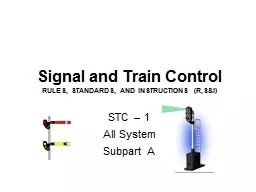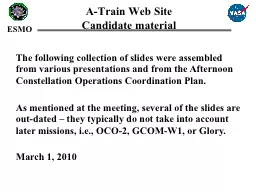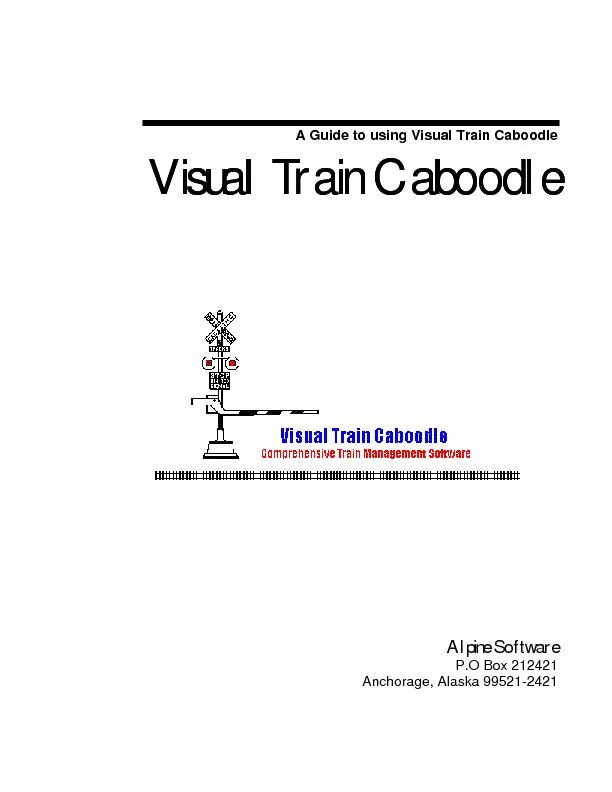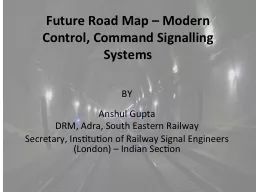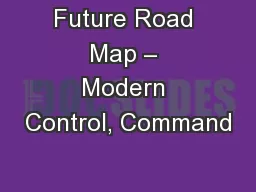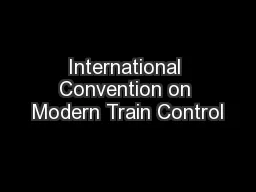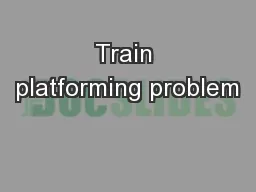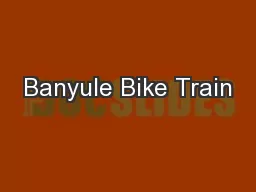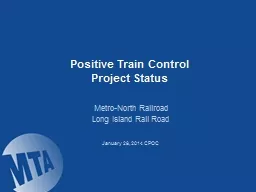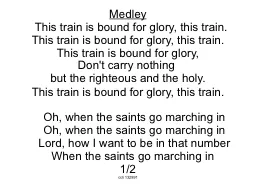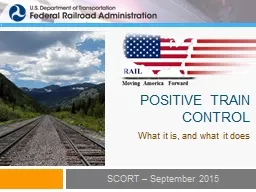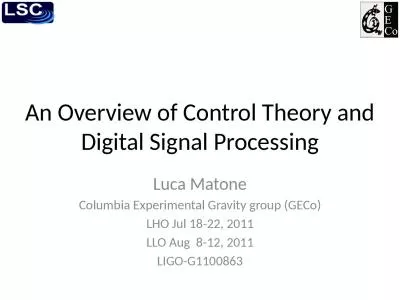PPT-Signal and Train Control
Author : topslugger | Published Date : 2022-08-04
RULES STANDARDS AND INSTRUCTIONS RSampI STC 1 All System Subpart A Learning Objectives Associate various regulations contained in 236 Subpart A as they apply to
Presentation Embed Code
Download Presentation
Download Presentation The PPT/PDF document "Signal and Train Control" is the property of its rightful owner. Permission is granted to download and print the materials on this website for personal, non-commercial use only, and to display it on your personal computer provided you do not modify the materials and that you retain all copyright notices contained in the materials. By downloading content from our website, you accept the terms of this agreement.
Signal and Train Control: Transcript
Download Rules Of Document
"Signal and Train Control"The content belongs to its owner. You may download and print it for personal use, without modification, and keep all copyright notices. By downloading, you agree to these terms.
Related Documents

